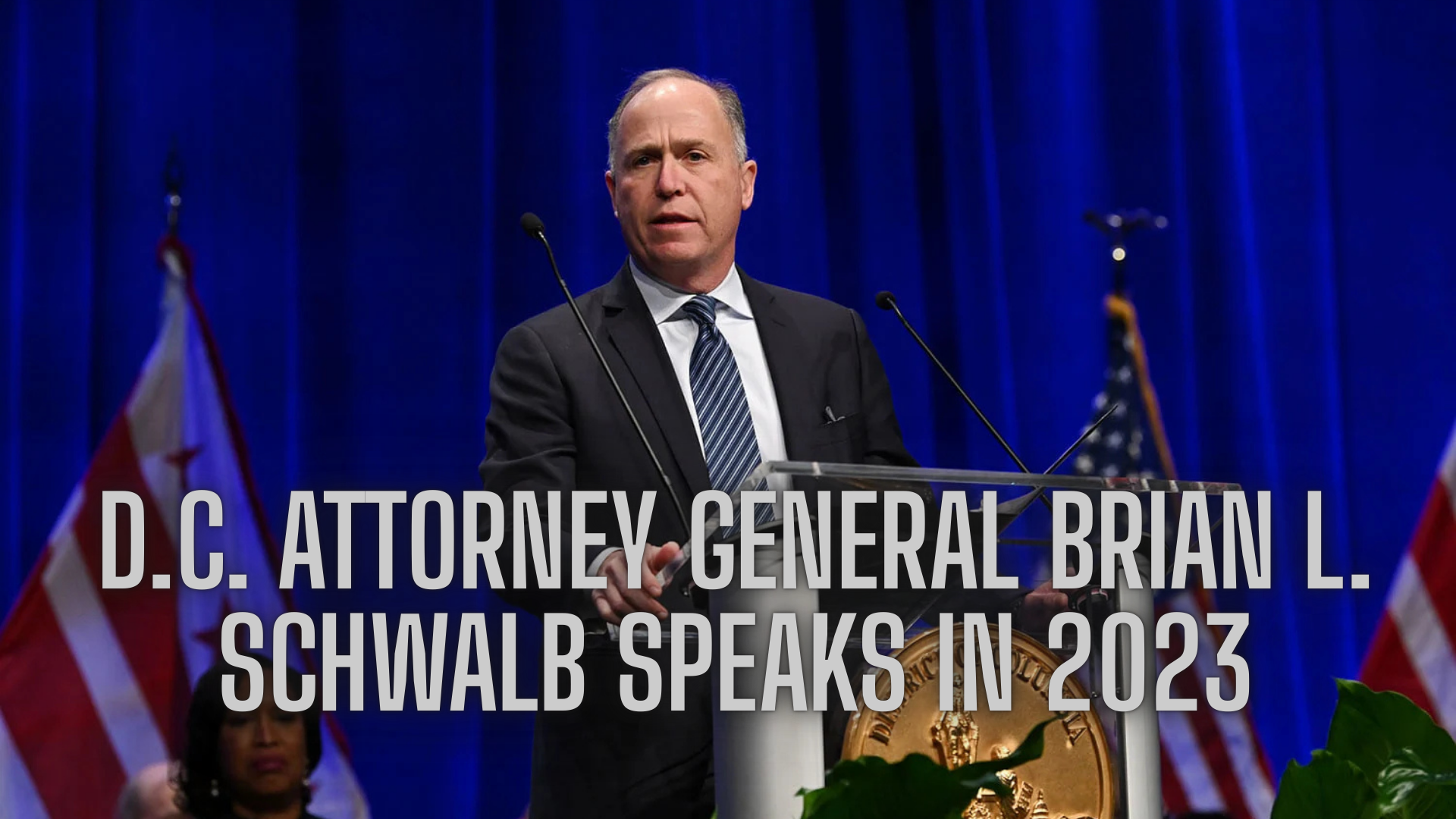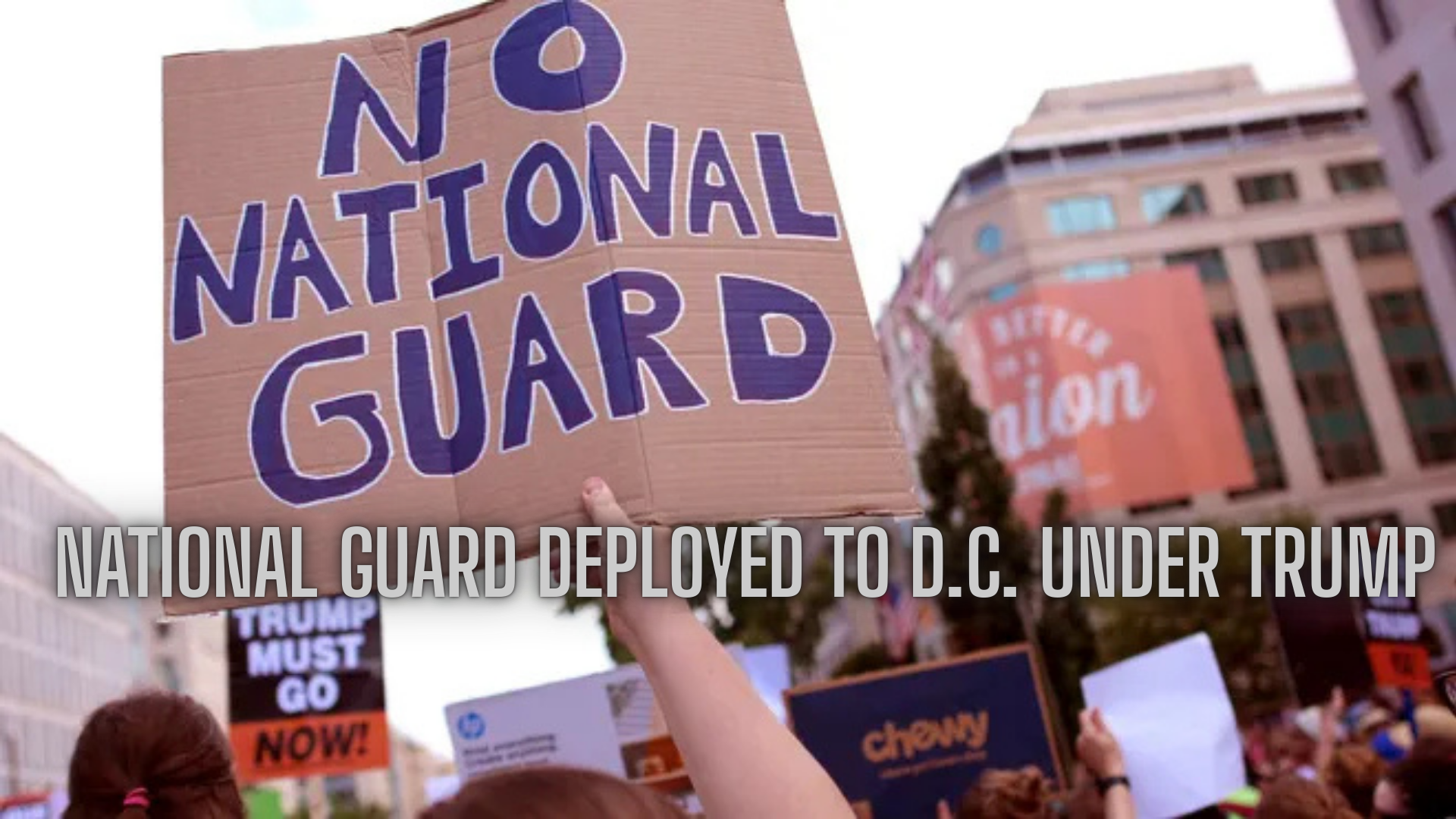College athletics has officially stepped into a new era. On Friday night, just after 9 p.m. ET, a federal judge in California approved a groundbreaking legal settlement — commonly known as the “House settlement” — that will reshape how student-athletes are compensated. The decision allows NCAA member schools to begin directly sharing revenue with athletes, a dramatic departure from the century-old amateurism model that has defined college sports.
The approval, delivered by Judge Claudia Wilken in California’s Northern District, settles three antitrust lawsuits brought by current and former athletes seeking compensation for lost name, image, and likeness (NIL) opportunities. The settlement opens the door for a sweeping new enforcement and revenue-sharing framework led by college sports’ most powerful entities: the SEC, Big Ten, Big 12, and ACC.

Despite some compromises, the settlement agreement nevertheless will result in extraordinary relief for members of the settlement classes,” Judge Wilken wrote in her 76-page opinion. “It would permit levels and types of student-athlete compensation that have never been permitted in the history of college sports.
What’s in the Settlement?
The landmark settlement includes two key elements:
- $2.8 Billion in Backpay: Thousands of former Division I athletes who competed between 2016 and 2024 will be compensated for lost NIL earnings. The payout will be funded by the NCAA and the Power Five conferences over the next decade.
- Future Revenue Sharing: For the first time ever, schools will be permitted (but not required) to share a portion of their athletic revenue with current athletes — beginning July 1, 2025.
The cap for revenue sharing is set at 22% of the average annual revenue from ticket sales, sponsorships, and media deals for each school. For the 2025–2026 academic year, that figure is estimated at $20.5 million per school.
Powerhouse football and basketball programs are expected to receive the lion’s share of the funds. Projections suggest football teams could receive between $13–16 million, while men’s basketball programs may receive $2–4 million. Remaining funds will be distributed across Olympic and women’s sports.
The revenue cap is set to increase gradually through built-in escalators and will be recalculated every three years to reflect rising media rights and playoff revenues. By 2028, schools like Ohio State project their cap could exceed $25 million.
New Oversight and Enforcement Structure
With this decision comes a completely new regulatory body, the College Sports Commission (CSC), an independent LLC overseen by the major conferences. This entity will monitor schools’ adherence to the revenue-sharing cap and investigate violations such as tampering, improper inducements, and NIL fraud.
Enforcement will be taken seriously. Penalties for violations could include:
- Multi-game suspensions for coaches
- Reduction in transfer spots
- Loss of rev-share funds
- Significant school fines
The CSC is expected to be led by a CEO and staffed with investigators. According to sources, MLB executive and former U.S. federal prosecutor Bryan Seeley is the leading candidate for the CEO position.
NIL Clearinghouse: Introducing “NIL Go”
In tandem with the CSC, the settlement introduces a first-of-its-kind NIL clearinghouse, managed by consulting giant Deloitte. The platform, dubbed “NIL Go,” will evaluate all NIL contracts valued at $600 or more between athletes and third parties (brands, businesses, or boosters).
This move is intended to crack down on fraudulent NIL deals that have exploded across college sports since 2021.
Here’s how NIL Go will work:

- Deloitte assigns a fair market value (FMV) to each deal based on an algorithm.
- If a deal exceeds the FMV, the athlete or school must revise it.
- If rejected twice, the matter is referred to arbitration overseen by the courts.
- Athletes who defy a rejection and accept improper compensation will be ruled ineligible.
The clearinghouse aims to make decisions within 24 hours and settle disputes within 45 days. Schools can offset overvalued deals by reducing their rev-share pool, adding another layer of complexity to roster and budget management.
Why Now?
This moment has been years in the making. The NCAA’s reluctance to adapt to the fast-changing economic landscape of college sports culminated in a resounding 9-0 loss in the U.S. Supreme Court in 2021. The Alston case, which challenged the NCAA’s cap on educational benefits, set a legal precedent that made further court battles risky and expensive.
Faced with up to $10 billion in potential liability, the NCAA and its most powerful conferences opted to settle rather than gamble with a jury trial.
With over 85,000 athletes filing claims for backpay and only 600 objecting, the judge noted the overwhelming support for the agreement, reinforcing its legal standing.
What’s Next? Congressional Action May Be Needed
Even with judicial approval, this new system is only half-baked. Step two involves federal legislation. NCAA officials and college leaders are lobbying Congress to pass a bill that would codify the settlement’s terms, protect the NCAA and schools from further legal exposure, and address issues like employment status and Title IX compliance.
A bipartisan group of five senators is reportedly working on draft legislation. However, political gridlock and diverging views on athlete rights could delay — or derail — these efforts.
New Era, New Questions
While the House settlement represents a seismic shift, it also opens the door to more legal and political challenges. Title IX experts are already analyzing how equitable rev-share distribution will be for women’s sports. Others anticipate labor lawsuits unless student-athletes are given a chance to unionize or collectively bargain.
Critics warn that the NCAA is now walking a tightrope between amateurism and professionalism — and the legal ambiguity may invite more litigation.
Still, most in the college athletics world agree: this is the biggest change in NCAA history since its founding in 1906.
Final Thoughts from the NCAA
NCAA President Charlie Baker acknowledged the significance of the moment:
“This is new terrain for everyone. Opportunities to drive transformative change don’t come often to organizations like ours. We can use this new beginning to launch college sports into the future.”
Indeed, the future is here. The days of unpaid labor in college sports are numbered. The only question now is: can the NCAA and its power conferences navigate the next chapter without falling back into crisis?

Conclusion
The approval of the NCAA’s House settlement marks a historic turning point in the world of college athletics. For the first time, athletes will be able to receive direct compensation from their schools, finally bridging the gap between the business of college sports and the players who fuel it. With a $2.8 billion backpay fund and a framework for future revenue sharing, the settlement acknowledges the value student-athletes bring to billion-dollar programs.
However, this new chapter also comes with major responsibilities and uncertainties. Enforcement mechanisms like the College Sports Commission and the NIL clearinghouse aim to ensure fairness and transparency, but questions around Title IX compliance, athlete employment status, and federal legislation still loom large. What’s clear is that the era of unpaid amateurism is coming to an end — and college sports will never be the same again.
globanow.com will continue covering this landmark transition in college athletics as schools, players, lawmakers, and fans adjust to a system that finally pays the players.




One thought on “NCAA Settlement Approved: College Athletes to Receive Direct Pay in Historic Shift”